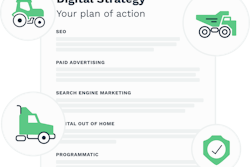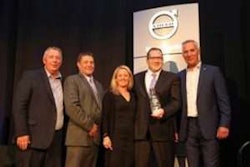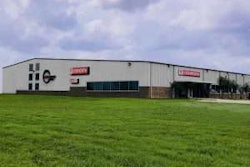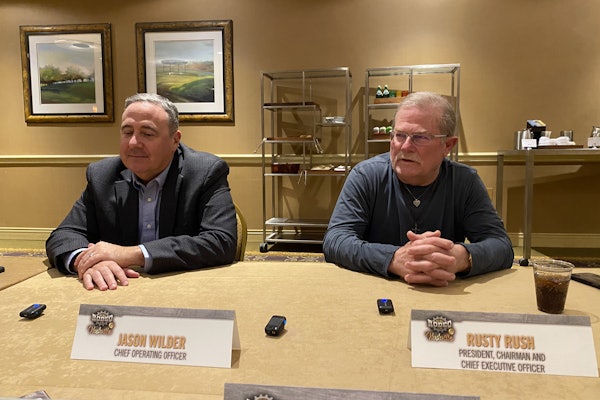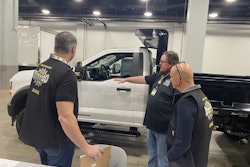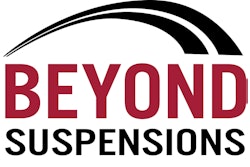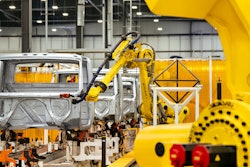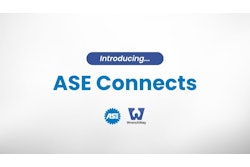The most important asset in any business is employees. It doesn’t matter how much automation or processes are in place, people are still required to ensure those operations function properly, and to interface with customers if and when issues arise.
In the dealer industry particularly, where so much work requires direct employee input, the importance of employees is even more obvious. A dealership flat out cannot run without them.
But for all the talk common in the dealer industry (and trucking industry) regarding employee recruitment, little is ever said about retention and the importance of keeping quality employees in place. Everyone works so hard to bring new talent in that they forget that talent must be nurtured and supported just the same. A sudden exit of top talent can cripple a business — particularly during an ownership or leadership transition — and is costly and damaging no matter the circumstances.
For dealers struggling to keep their best talent in house, below are three tactics than can prove invaluable.
Develop a culture
Create an enjoyable work environment. It doesn’t matter the industry, people appreciate a positive atmosphere in a workspace and a feeling of family and togetherness. Dealers who have that say it pays dividends, and say it’s not particularly hard to develop. Corporate lunches and on- or off-site team-building events are great ways to foster relationships among employees.
Lee White, president at Old River Volvo, says he serves lunch for his employees at least once a month and has other events such as Christmas Parties and Crawfish Boils around holidays where employees can relax and enjoy an experience together. White says the benefits of these events to Old River’s culture far outweigh any costs, and help connect employees not only to Old River as a company, but also their colleagues. Friendships are formed and communication channels are opened, he says.
Dealers also can build culture through training events. Held on or off-site, these events are useful because they show employees that their employer is willing to invest in them.
There are currently a variety of in-person and online training courses available for dealer associates and technicians, all of which provide process and technical service guidance as well as various soft skills and customer facing modules that enable employees to better manage customer interactions.
Additionally, because most online courses focus on a specific system or process, they typically are followed by a short test employees must take to earn credit for completing the training. Dealers and trainers say the guidance each course provides is an obvious benefit, but also add these courses strengthen employee engagement through competitive investment. As more and more employees complete courses, they can become more competitive against one another to earn bragging rights regarding test scores and trainings completed.
Encourage communicaton
Another useful tactic for cultivating employee loyalty and retention is opening lines of communication between employees and managers and executive leadership. It is not a technician’s job to run a business, but a tech in a pit has a better idea of what goes on down there than anyone, and if they have an idea as to how their work could be performed safer, easier or more efficiently, they deserve to be heard.
“I think everyone wants to feel valued,” says Ian Coburn at GPA Training.
In his work providing training for dealers, Coburn says one of the biggest things he sees across the industry is a disconnect in expectations across locations, departments, even from employee to employee. He says every dealership wants to have excellent customer service and operate at peak efficiency at all times, but unless the corporate strategy for how that needs to be done has been clearly established for everyone, the result can be too many people pushing in too many directions and creating dysfunction that doesn’t need to exist.
Coburn believes a key starting point for employee retention is defining customer service. Bringing employees together and letting everyone describe what customer service means to them, and then creating a corporate definition those employees can take with them into their work. This not only gets all the fish “swimming in the same direction” from a customer service standpoint, Coburn says, it also lets them see their opinions will be considered.
Expanding on that idea, Coburn says managers should work create an environment that encourages employee input and questions.
“I think how we treat our staff is often a window into how we treat our customers,” he says. “So when dealers say they don’t have time for staff, that reflects poorly on them.”
Compensate accordingly
Developing an enjoyable, cordial and open work environment can cover a lot of warts. But if not supported by a payment structure that at least meet’s industry norms, employee turnover will always remain a concern.
Jim Kraschinsky, general manager at Lakeside International, says his company recently switched from an effective labor rate to a proficiency bonus structure program based on productivity and efficiency. An easy to understand structure, Kraschinsky says technicians receive a bonus (built using a multiplier) when they complete a repair faster than a designated standard repair time. Additionally, the productivity aspect encourages employees to immediately move from one completed job to another, while the training courses mentioned above give techs a tool to improve their abilities and increase their personal hourly rate. Work quality is important as any comebacks subtract from bonuses earned.
Kraschinsky says the result has been improved technician engagement and earnings, as well as drastically improved throughput in Lakeside’s service bays.
“Our techs really like it because they understand it,” he says. “They have more control over their earnings and know that the more quality repairs they do, the more they can earn.”
White uses a similar commission-based approach with Old River’s technicians, and also has developed a unique payment structure for his department and store managers that has effectively eliminated turnover in those roles. White says the technique is simple: Managers are incentivized based on the company’s budget for their area of responsibility. When goals are surpassed, bonuses are paid out. When someone comes up short, they are not.
White says Old River is “very transparent” about how the compensation plan works, discussing numbers with managers in quarterly and annual meetings. Coupled with high levels of autonomy in their roles, White says the structure allows Old River’s managers to lead their units as if they were their own businesses, and when business is good, reap the rewards accordingly.
To say it works would be an understatement. “From management standpoint I don’t know that I’ve ever lost a manager,” White says.

